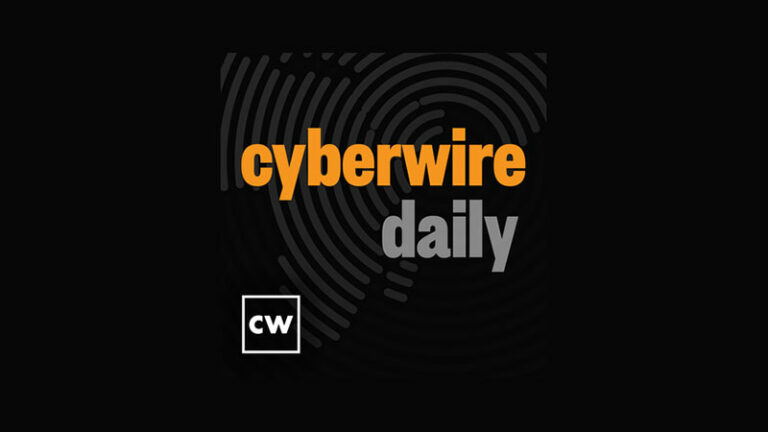The Internet of Things (IoT) can offer significant time savings and convenience for both businesses and consumers through enhanced connectivity and data exchange. However, with increased connectivity comes an elevated risk of IoT security vulnerabilities. As IoT devices become increasingly common in both organizations and homes, more opportunities arise for malicious actors to exploit systems and steal valuable data, especially within Personal IoT Networks. With billions of devices now connected to the internet, the attack surface grows exponentially, making it crucial for individuals and organizations to take proactive steps in securing their networks.
In Personal IoT Networks, the complexity and diversity of connected devices—ranging from smart thermostats to wearables—create additional layers of potential risk. These devices often collect sensitive personal data, such as health information, home routines, or location, which can be invaluable to cybercriminals. Protecting these devices, along with the networks they connect to, should be a top priority for both users and builders of IoT technologies.
Effective Mitigation Strategies for Personal IoT Networks
To safeguard against these threats, both companies and consumers must recognize the inherent risks and adopt effective mitigation strategies. One of the first steps is ensuring that IoT devices are properly configured from the outset, with strong passwords, regular updates, and appropriate network segmentation. In addition, users should be vigilant about which devices they connect to their networks and avoid unnecessary or insecure devices. Below, members of the Forbes Technology Council share valuable steps that users and developers of IoT technology can take to enhance network and platform security. Read the full article on Forbes.
Beware of Invisible Implants in Your Personal IoT Networks
Do not rely solely on Layer 2 (L2) and above security. IoT devices can be exploited as vehicles for attacks, so it’s essential to ensure there are no invisible implants or spoofing devices in your Personal IoT Networks. Additionally, consider keeping a backup device or “golden reference” on hand in case of issues. This backup can be invaluable for incident response (IR), forensics, or recovery from a physical ransomware attack. – Bentsi Ben Atar, Sepio.
By taking these steps, users can better protect themselves from the growing threats posed by IoT vulnerabilities, ensuring that their Personal IoT Networks remain secure while enjoying the benefits of connected technologies.





